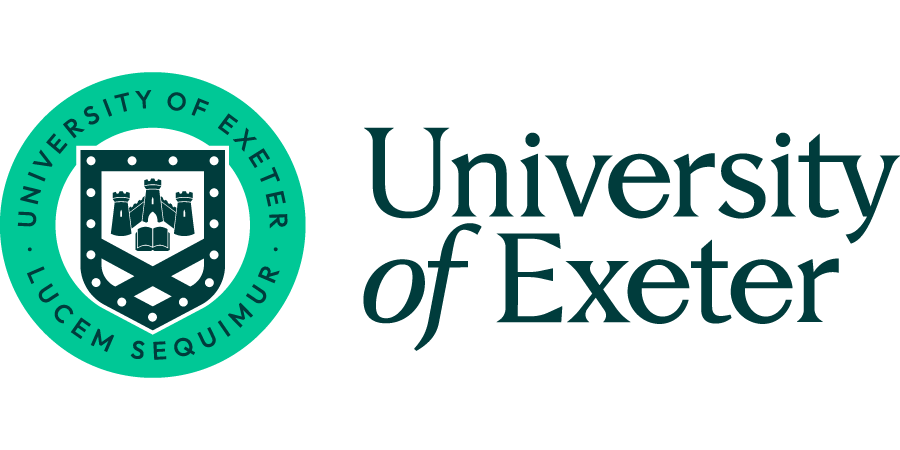PhD Studentship - Characterising a new Neuroimmune Pathway to treat Alzheimer’s Disease (MRC GW4 BioMed DTP 2025/26 Entry)
University of Exeter - Department of Clinical and Biomedical Sciences
| Qualification Type: | PhD |
|---|---|
| Location: | Exeter |
| Funding for: | UK Students, EU Students, International Students |
| Funding amount: | £19,237 stipend p.a. for 2024/25 (updated each year) + UK tuition fees + training and support funding of up to £5,000 per annum (MRC Medical Research Council funded) |
| Hours: | Full Time, Part Time |
| Placed On: | 26th September 2024 |
|---|---|
| Closes: | 4th November 2024 |
| Reference: | 5244 |
Project description
Location: University of Exeter, Streatham Campus
About the GW4 BioMed2 Doctoral Training Partnership
The partnership brings together the Universities of Bath, Bristol, Cardiff (lead) and Exeter to develop the next generation of biomedical researchers. Students will have access to the combined research strengths, training expertise and resources of the four research-intensive universities, with opportunities to participate in interdisciplinary and 'team science'. The DTP already has over 90 studentships over 6 cohorts in its first phase, along with 58 students over 3 cohorts in its second phase.
Project Information
Research Theme: Neuroscience & Mental Health
Summary:
Microglia are brain-resident immune cells. Alongside conventional molecular signals, the latest research suggests that specific patterns of brain activity can control microglia function. We have found that a type of brain activity normally activated during cognition (called gamma oscillations) signals to microglia via a receptor subgroup, which may drive a neuroprotective response. Using a novel experimental assay developed by our lab, this project will uncover how this signalling works to reveal new drug targets for treating conditions where immune systems in the brain malfunction, such as in Alzheimer’s disease.
Main Description:
Microglia are brain-resident immune cells that provide the main form of defence against neuropathology. It is well known that there is dynamic crosstalk between microglia and neuronal cells that maintains brain homeostasis and coordinates neuroimmune responses. Recent studies, however, have identified a new form of neuron-microglia communication driven by rhythmic neuronal activity.
Communication between neurons generates rhythmic patterns of electrical brain activity, called neuronal oscillations. Studies have revealed that neuronal oscillations around 40 Hz – called gamma oscillations – generate a signal that regulates microglia function (PMID: 31076275). Specifically, gamma oscillations induce a homeostatic and neuroprotective immune response linked to enhanced microglia surveillance and phagocytosis that can clear pathological proteins (like amyloid-β) in mouse models of Alzheimer’s disease (AD) (PMID: 27929004).
This is important because impaired gamma oscillations and abnormal microglia function are cardinal features of neurodegenerative diseases like AD, thereby raising the tantalising possibility that these diseases could be treated by triggering Gamma-Activity Induced Neuron-microglia Signalling (hereinafter, GAINS).
QUESTION & AIMS
The scientific question at the heart of this project is "What are the specific cellular and molecular mechanisms underlying GAINS?" Building on our current data, we hypothesise that GAINS is mediated by factors downstream of microglial CSF1Rs that converge on NFκB pathway activation. Objectives to test this hypothesis are:
(1) Identify molecular mediators of GAINS downstream of CSF1R signalling ex vivo.
(2) Validate molecular mediators of GAINS in vivo.
(3) Explore the role of astrocytes as a cellular source of GAINS-evoked CSF1.
To apply, please click on the ‘Apply’ button above.
Advert information
Type / Role:
Subject Area(s):
Location(s):









